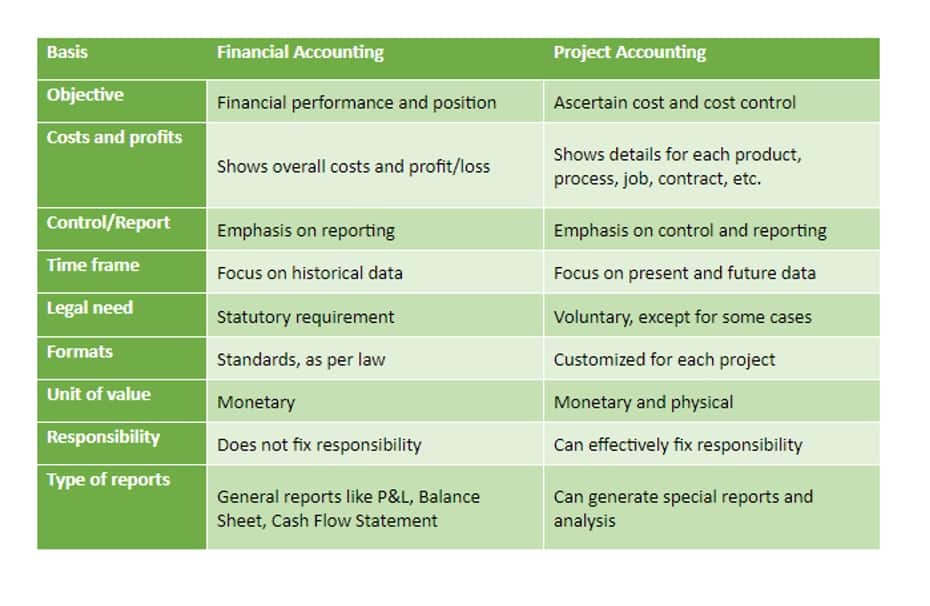
Negative brand equity is rare and can occur because of bad publicity, such as a product recall or a disaster. When inventory items are acquired or produced at varying costs, the company will need to make an assumption on how to flow the changing costs. The accounting term that means an entry will be made on the left side of an account. A record in the general ledger that is used to collect and store similar total stockholders equity information. For example, a company will have a Cash account in which every transaction involving cash is recorded.
Dividends
State laws may also require that the par value be reported in a separate account. Shareholders’ equity includes preferred stock, common stock, retained earnings, and accumulated other comprehensive income. Shareholder equity (SE) is a company’s net worth, or its total assets minus its total liabilities. It is equal to the total dollar amount that would be returned to the shareholders if the company were liquidated and all its debts were paid off.

Additional Paid-in Capital (APIC)
- You can also get a snapshot idea of profitability using return on average equity (ROAE).
- Companies might buy back shares to reduce outstanding shares, which can increase earnings per share, or for employee stock options.
- A distribution of part of a corporation’s past profits to its stockholders.
- The total book value of the preferred stock is the book value per share times the total number of preferred shares outstanding.
- If Facebook were to clear all its debts by selling off assets, this amount would be distributed amongst its shareholders.These examples illustrate the concept of shareholder equity vs. net worth.
Investors use total equity to assess the financial strength and growth potential of a company. Revenue will increase the stockholders’ equity because it is either held as cash, invested in the https://mnewscelebrity.com/cash-flow-from-investing-activities/ company or used to pay off liabilities. Expenses automatically decrease stockholders’ equity because they increase a company’s debt.
Formula and How to Calculate Shareholders’ Equity
If a business chooses to liquidate, all of the company assets are sold and its creditors and shareholders have claims on its assets. Secured creditors have the first priority because their debts were collateralized with assets that can now be sold in order to repay them. The shareholder equity ratio measures how much of a business’s assets are financed by equity. An example of a stockholders’ equity is if a company has 300 million in assets and 200 million in liabilities, then the total stockholder’s equity is 100 million.
Company
- The par value of issued stock is an arbitrary value assigned to shares in order to fulfill state law.
- For businesses and investors alike, stockholders’ equity is one of the key answers.
- The number of preferred shares is usually disclosed in the company’s financial statements under the equity section.
- However, for privately held businesses, assets and liabilities should be relatively straightforward to calculate (or at least estimate), and therefore, stockholders’ equity can be found.
- Retained earnings are part of shareholder equity and represent net income that is not paid to shareholders as dividends.
- Stockholders’ equity is a vital metric to gauge a company’s financial well-being and value for its shareholders.
Locate the total liabilities and subtract that figure from the total assets to give you the total equity. Total shareholders’ equity is the term used to indicate the shareholders’ equity and is calculated as the difference between the total assets and the total liabilities a company holds. This value helps investors identify the company’s financial health and determine whether they should continue investing in it, given its performance. The total shareholders’ equity is calculated as the difference between the total assets a company has and the total liabilities or debt. While assets are the company’s resources and include everything from cash to physical items, liabilities are the debt it requires repaying. The liabilities count is normally built while the firms arrange funds to spend on assets.

Identifying Data on the Balance Sheet

Accumulated Other Comprehensive Income (AOCI) is an equity component that captures specific gains and losses not yet realized through the income statement. Examples include unrealized gains or losses on certain investments, foreign currency translation adjustments, and pension plan adjustments. AOCI can be positive or negative and is added to the total stockholders’ equity calculation. Retained earnings represent the cumulative net income a company has generated, less any dividends it has paid out to shareholders. Each Mental Health Billing period, the net income or loss from the income statement is added to or subtracted from the beginning retained earnings balance.


